Cleaning a brick fireplace requires different approaches depending on whether you’re tackling soot, dust, or stains. Start by removing loose debris with a stiff-bristle brush or vacuum cleaner attachment. For general cleaning, mix warm water with a few drops of mild dish soap—avoid harsh chemicals that could damage the brick or mortar. Test any cleaner on a small, inconspicuous area first to check for discoloration. Work in small sections using a scrub brush with nylon bristles, rinsing frequently with clean water. Dry the surface thoroughly with clean towels to prevent water marks. Regular maintenance cleanings prevent heavy buildup that requires aggressive cleaning methods later.
Soot removal demands special care to avoid grinding dark particles into the brick. Begin by vacuuming with a brush attachment to lift loose soot particles. Create a paste from baking soda and water, applying it to heavily soiled areas with a soft cloth. For stubborn soot, use a poultice of cornstarch and water applied thickly and left overnight. Avoid abrasive scrubbers that could scratch the brick surface. Commercial soot removers formulated for brick work well but require careful rinsing. Always work from the bottom up to prevent streaking, and change cleaning water frequently. Protective gloves and eyewear are recommended when handling soot removal products.

White efflorescence—those chalky salt deposits—require specific treatment. Brush away loose powder with a dry stiff-bristle brush first. Mix one part white vinegar with five parts water and lightly scrub affected areas. Rinse thoroughly with clean water to remove all acid residue. Address moisture issues causing the efflorescence to prevent recurrence. For stubborn deposits, use a commercial efflorescence remover following manufacturer instructions. Avoid wire brushes or metal scrapers that could damage brick surfaces. Proper ventilation helps the area dry completely after cleaning.
Smoke stains on brick call for gentle but effective solutions. Make a thick paste from cream of tartar and hydrogen peroxide for tough smoke discoloration. Apply with a soft brush and let sit 10-15 minutes before rinsing. For lighter smoke film, wipe with undiluted white vinegar using a microfiber cloth. Commercial smoke stain removers work well but may require multiple applications. Always rinse thoroughly after using any cleaning product. Consider applying a brick sealer after cleaning to make future maintenance easier. Test stain removal methods in an inconspicuous spot first.

Mortar cleaning requires different techniques than brick to prevent damage. Use a softer brush for mortar joints to avoid erosion. Oxygen bleach solutions safely brighten discolored mortar without harsh chemicals. For mold or mildew in mortar, use one part vinegar to three parts water with light scrubbing. Avoid pressure washers that could blast mortar from joints. Repoint severely damaged mortar rather than attempting to clean it. Protect cleaned mortar with breathable penetrating sealers. Work carefully to preserve historic mortar in older fireplaces.
Deep cleaning a neglected brick fireplace may require multiple approaches. Start with dry methods like vacuuming and brushing before introducing moisture. Tackle one type of stain at a time—soot before smoke, mineral deposits last. Allow the fireplace to dry completely between different cleaning sessions. For extremely dirty fireplaces, consider hiring professional brick restoration specialists. They have access to stronger cleaning systems without risking damage. Be patient—some stains may lighten but not disappear completely.

Seasonal fireplace maintenance keeps cleaning manageable. After heavy winter use, perform thorough cleaning before the off-season. Cover the fireplace opening during summer months to reduce dust accumulation. Inspect for new stains or mortar damage during annual cleanings. Keep the hearth area clean between deep cleanings with regular dusting. Address new stains promptly before they set permanently. This proactive approach prevents overwhelming cleaning projects later.
Protecting cleaned brick preserves your efforts. Apply breathable masonry sealer after cleaning to repel future stains. Use fireplace screens to minimize soot and spark damage. Install proper ventilation to reduce smoke staining. Place protective mats in front of the hearth during active use. These measures extend time between deep cleanings while maintaining appearance.

Special considerations apply to antique or historic brick fireplaces. Consult preservation experts before cleaning valuable antique brickwork. Document original mortar colors for accurate repairs. Use only the gentlest cleaning methods on fragile historic bricks. Consider professional assessment for significant restoration needs. Preserve original patina rather than attempting to make old brick look new.
Regular care maintains your brick fireplace’s beauty and function. Monthly light dusting prevents heavy buildup. Immediate attention to spills prevents permanent staining. Annual deep cleaning preserves the brick’s appearance. Proper tools and techniques make maintenance easier over time. With consistent care, your brick fireplace remains an attractive, functional centerpiece for years.
Cleaning Brick Fireplace Surround

Steps to Whitewashing Your Brick Fireplace – Diamond Fireplace
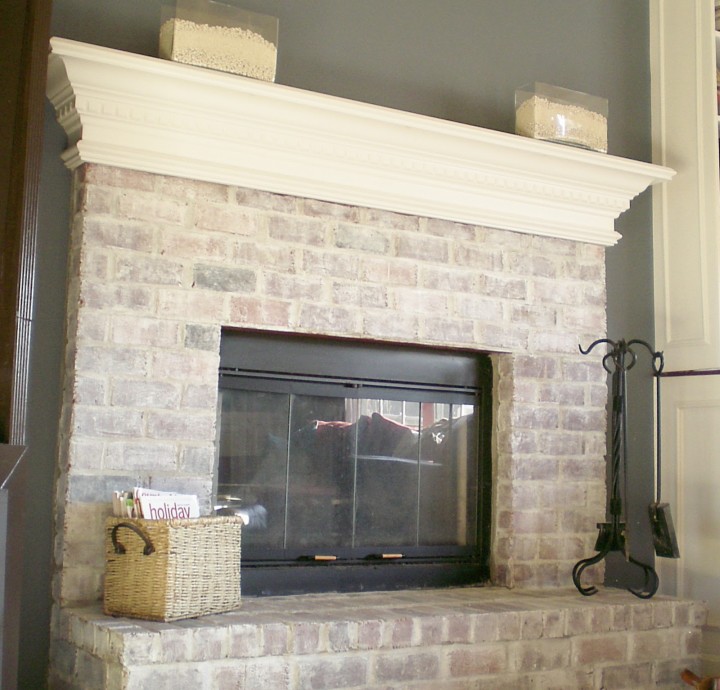
How To Clean the Inside of a Brick Fireplace – DIY DOUGHERTY
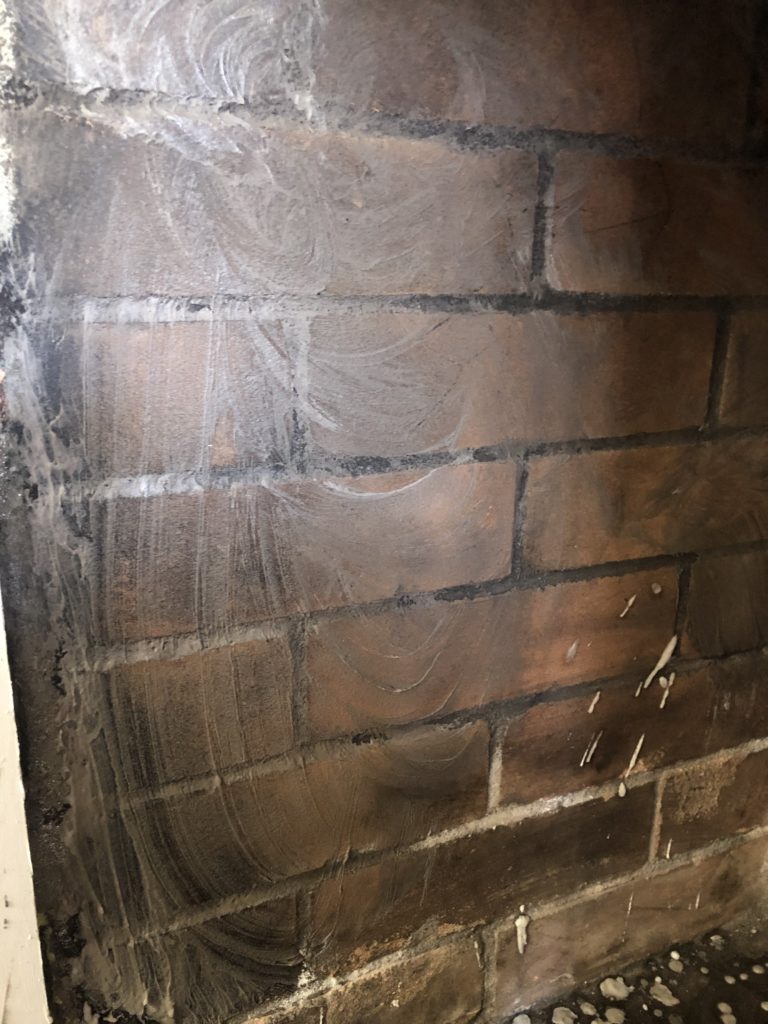
Got Ugly Brick? How to Paint Fireplace Mantel
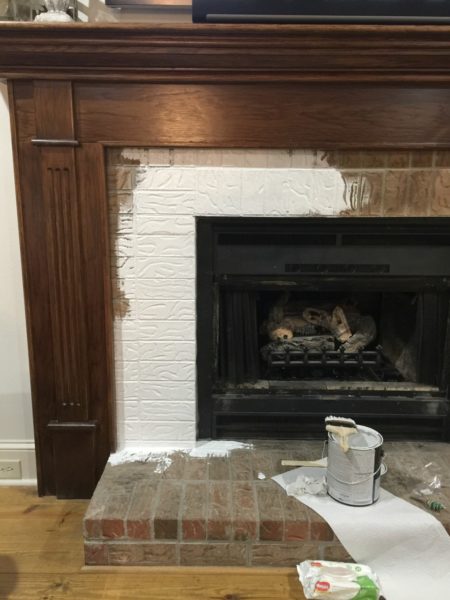
How To Clean the Inside of a Brick Fireplace – DIY DOUGHERTY
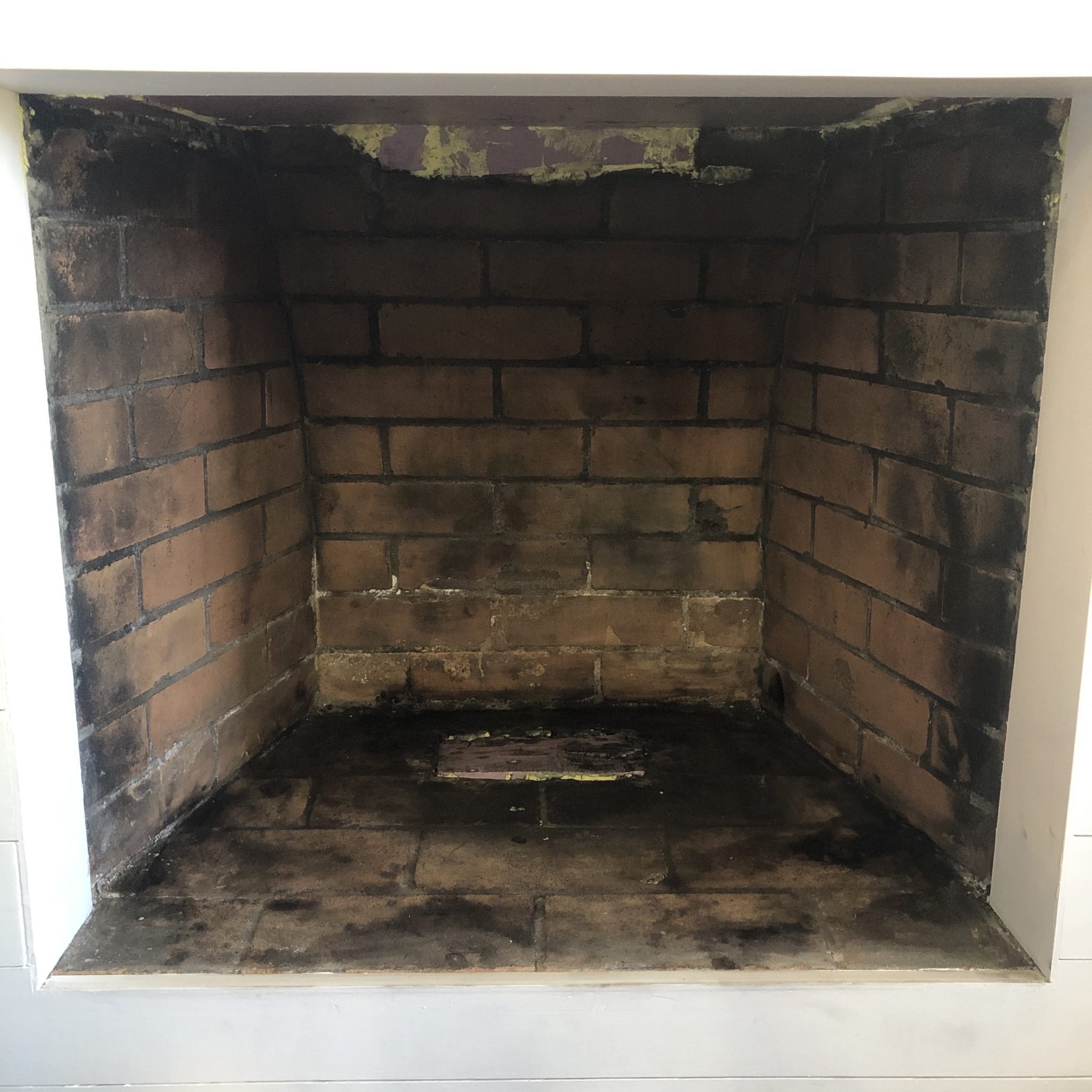
should I paint my stone not brick fireplace? what color?
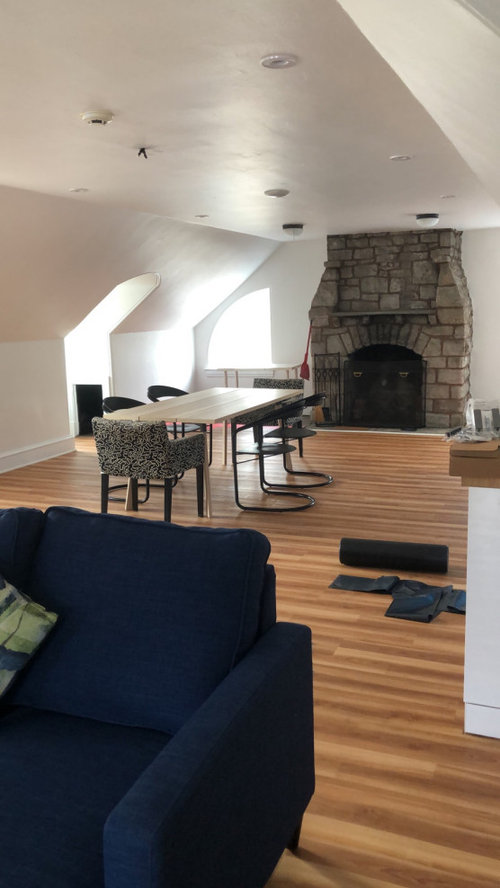
Homepage – Simple Practical Beautiful

DIY Fireplace Mantels
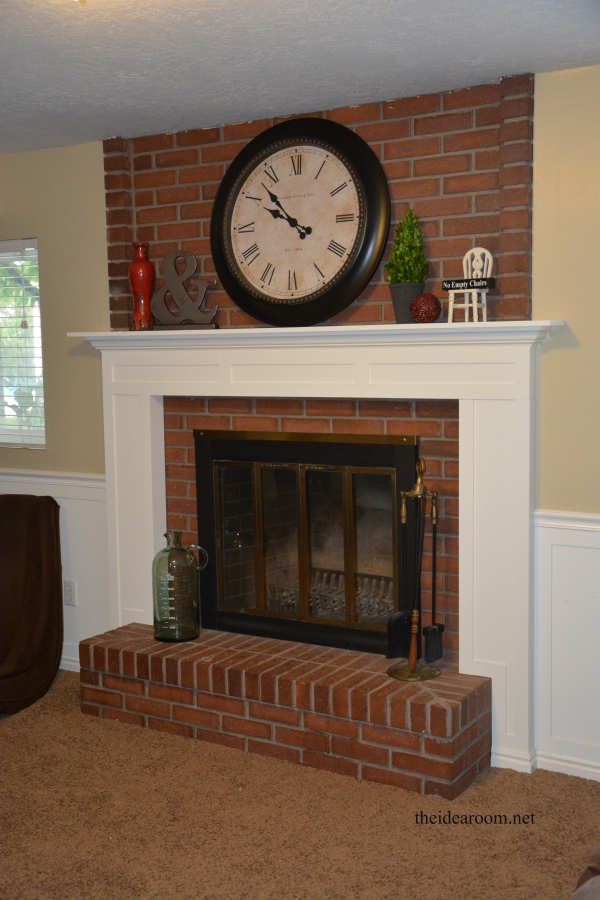
J&K Homestead: DIY: Let the Fireplace Transformation Begin
Related Posts: